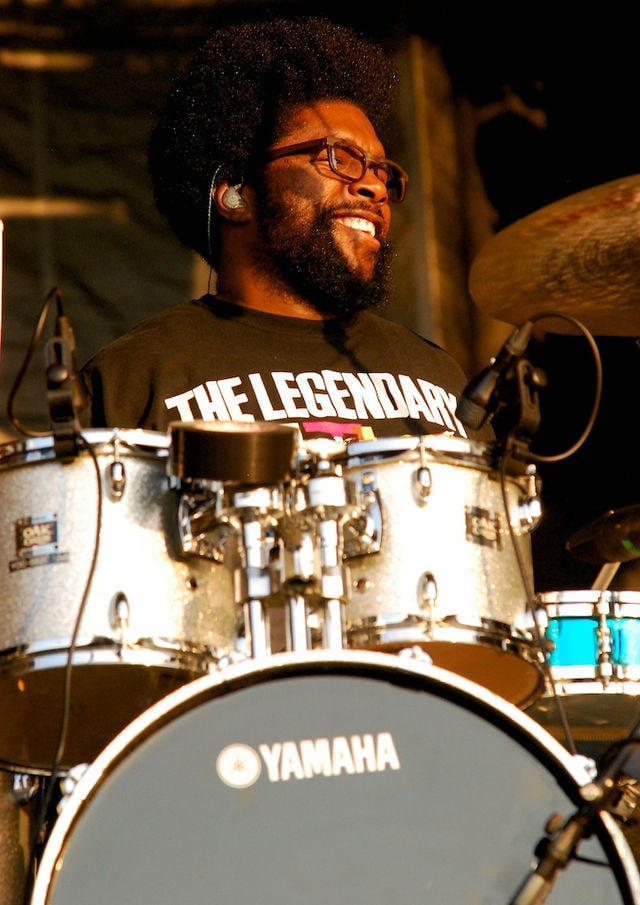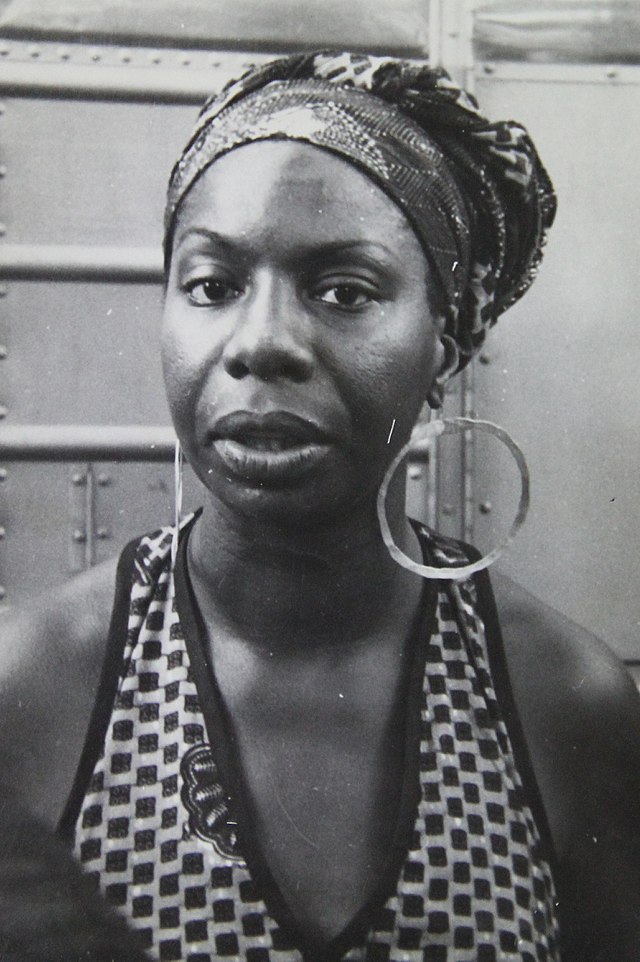By Veracia Ankrah
Posted on November 19, 2021
Summer of Soul (…or When the Revolution Could Not Be Televised) (2021) by Questlove of The Roots is a documentary recount of the Harlem Cultural Festival of 1969 in Mount Morris Park, New York. The festival took place for six consecutive weekends, bringing in a collective crowd of over 300,000 Black people and was spearheaded by lounge singer and promoter Tony Lawrence, the same year the famously known and predominantly white Woodstock Festival took place in Bethel, New York. Both multi-day concerts were birthed during a shift of consciousness to a call for unity and collective peace in the late ‘60s, yet Summer of Soul is the first time footage from the Black festival is revealed to the public over 50 years later. Black art is rarely considered legendary by the masses because its impact and significance are hidden, while white art with similar or even less original messaging is magnified and considered unique.
At the turn of a decade torn by the Vietnam war, a recession, Civil Rights protests, the heroin epidemic, an influx of drugs, the assassinations of progressive leaders including Martin Luther King Jr., Malcolm X, and President John K. Kennedy made the call for social change dire. Music serves as a healing practice and a way for humans to express their frustrations together in harmony. Woodstock was dubbed “An Aquarian Experience: 3 Days of Peace and Music” and known to be a highlight of hippie culture where drugs, sex and rock ‘n roll were considered relatively harmless aspects of counterculture in comparison to art forms at the Harlem Fest that were associated with Blackness (and thus rejected by white counterculture) like Jazz, Funk and Soul.

Both crowds were majorly made of young adults who wanted to have a good time but were also concerned with the state of their communities, country and futures. The Harlem Festival was believed to be a dangerous environment while the revolution was on the rise after various riots that year but was the exact opposite. It gave Black people a place to commune without burning the streets of NYC down and remained a peaceful gathering of 40,000 to 50,000 people each week, almost exclusively overseen by the Black Panther Party, while the “Panther 21” were arrested for allegedly aspiring to commit violent attacks across New York State.
Despite all the racial tension and injustice, chart-topping Black and Brown artists of the ‘60s all paid respect to the Harlem Culture Festival from all over the United States, including Latin America, the Caribbean and various African countries. A 19-year-old Stevie Wonder, a young Nina Simone, Gladys Knight & The Pips, David Ruffin of The Temptations and Reverend Jesse Jackson all sang and spoke words of encouragement and liberation to the sea Black and Brown people, combining secular R&B music with Gospel at a time where these genres remained in separate worlds. But the crowd was full of radicalized individuals who believed in Afrocentric ideals and wore dashikis and their hair in Afros to symbolize a unified mind that rejected westernized oppressive thoughts and taught Blackness as anything but negative, dark and evil. Messaging running through the melting pot of culture in Harlem at the time embraced the “Black is Beautiful” slogan that began during the Harlem Renaissance in the 1920s.

The Harlem Culture Festival was filmed but never aired by production studios like Woodstock. Black artists and art are forever cathartic, no matter what white mainstream media deems worthy of recognition in their history books. In the late ‘60s, Black artists connected with their pain, creating freedom music. Musicians made the soundtracks in song to what activists were preaching and protesting in the streets. Gospel music is therapeutic for Black Americans and people, regardless of the listeners religious beliefs—in it are words that awaken the spirit to look beyond hurt and trauma and fight for hope and peace. It’s collective spirit is similar to the ways Black people came together in song during the racial tensions and the COVID-19 pandemic with concerts online like Verzuz. Questlove’s Summer of Soul gave us confirmation of what we already knew: the significance of Black culture worldwide belongs to us. No lost files or attempts to minimize our history can eradicate our resilient spirits.

